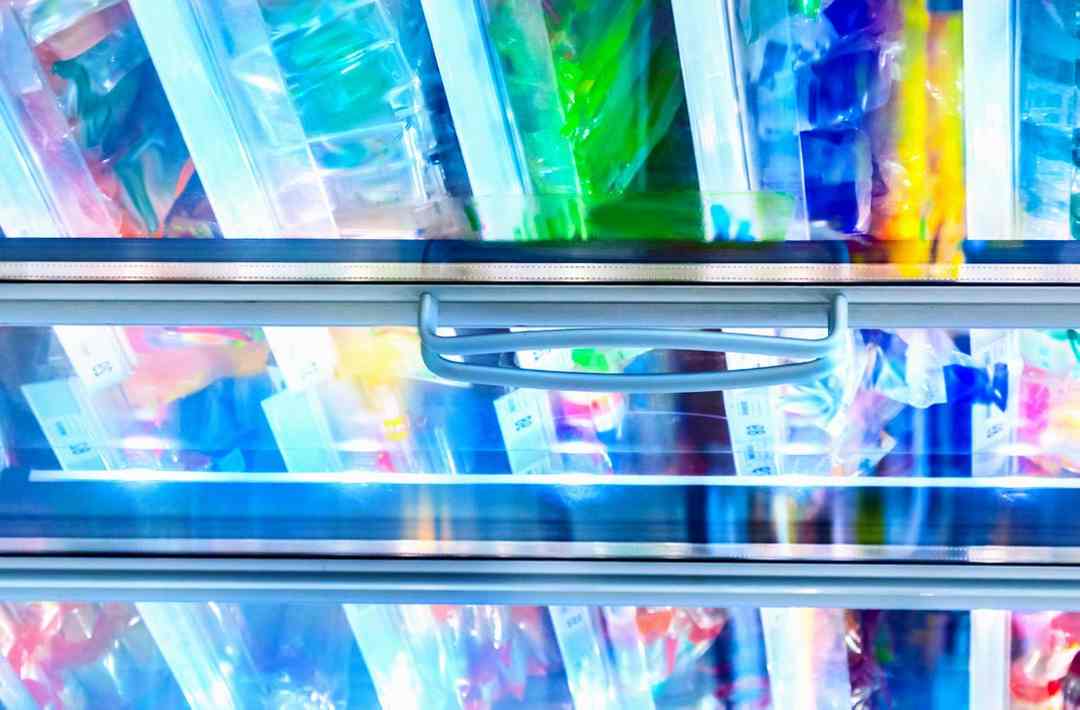Public health authorities at the Chinese Center for Disease Control and Prevention (CDC) found live coronavirus on frozen food packaging. But it’s still not clear whether frozen food is a potential source of COVID-19 infection.
Previously, health authorities have found traces of the virus on frozen chicken wings and shrimp, SELF explained. Now the Chinese CDC is reporting that they’ve found live coronavirus on frozen food packaging for the first time that could, theoretically, infect someone. Specifically, they found the virus on imported packages of frozen cod in the city of Qingdao, the organization said in a statement, “and it has been confirmed that contact with the outer packaging contaminated by the new coronavirus can cause infection.”
The news comes just a few weeks after New Zealand experienced a baffling new set of COVID-19 cases in August, as Ars Technica reported. Without any obvious sources of exposure, local public health experts began to suspect imported frozen seafood could be a source of infection. But no cases were specifically linked back to frozen food.
After hearing news like this, you might be tempted to do things like wipe down that frozen pizza box before putting it away, or leave your jars of pasta sauce out for a few days in an effort to let any coronavirus that might be present on there die off before using them. But that’s not really necessary, experts told SELF previously.
For one thing, coronavirus exposure from frozen food shouldn’t be a huge worry to consumers. “In general, because of poor survivability of these coronaviruses on surfaces, there is likely very low risk of spread from food products or packaging,” the U.S. CDC says.
Although the Chinese CDC says frozen food packaging could pose a risk for unprotected employees coming into contact with frozen food, they still reiterate that frozen food packaging likely does not present much of a COVID-19 risk for the general public. “So far, no cases of consumer infection due to contact with contaminated cold chain seafood have been found, and the risk of infection among Chinese consumers is extremely low,” the statement reads. “The main route of transmission of the new coronavirus is still through respiratory droplets and close contact.”
People who have COVID-19 can expel droplets containing the virus when they cough, sneeze, talk, or yell. When those droplets land in other people’s eyes, mouth, or nose, or when other people inhale those droplets, they can become infected. Experts believe this is the main way the coronavirus spreads. But sometimes those droplets containing the coronavirus land on something, like a frozen pack of fish at the grocery store, and someone else picks it up. If that person then touches their eyes, nose, or mouth, they could become infected. This type of transmission (fomite transmission) is thought to be possible but significantly less common than droplet transmission with COVID-19.
Experts are still learning how much of the virus it takes to actually infect someone, SELF explained previously, and we don’t know that there would be enough on frozen food packaging for fomite transmission to be a concern. And as long as you’re washing your hands correctly—before you touch your face, before you cook, and before you eat—fomite transmission shouldn’t be a worry anyway.
You don’t need to avoid frozen food to prevent the spread of COVID-19. Instead, focus on sticking with the behaviors we know are effective: Wear a mask when in public, stay socially distanced, and wash your hands frequently—especially if you’ll be doing any cooking or eating.


